FLAVOURSOME FRUIT CURRANTS
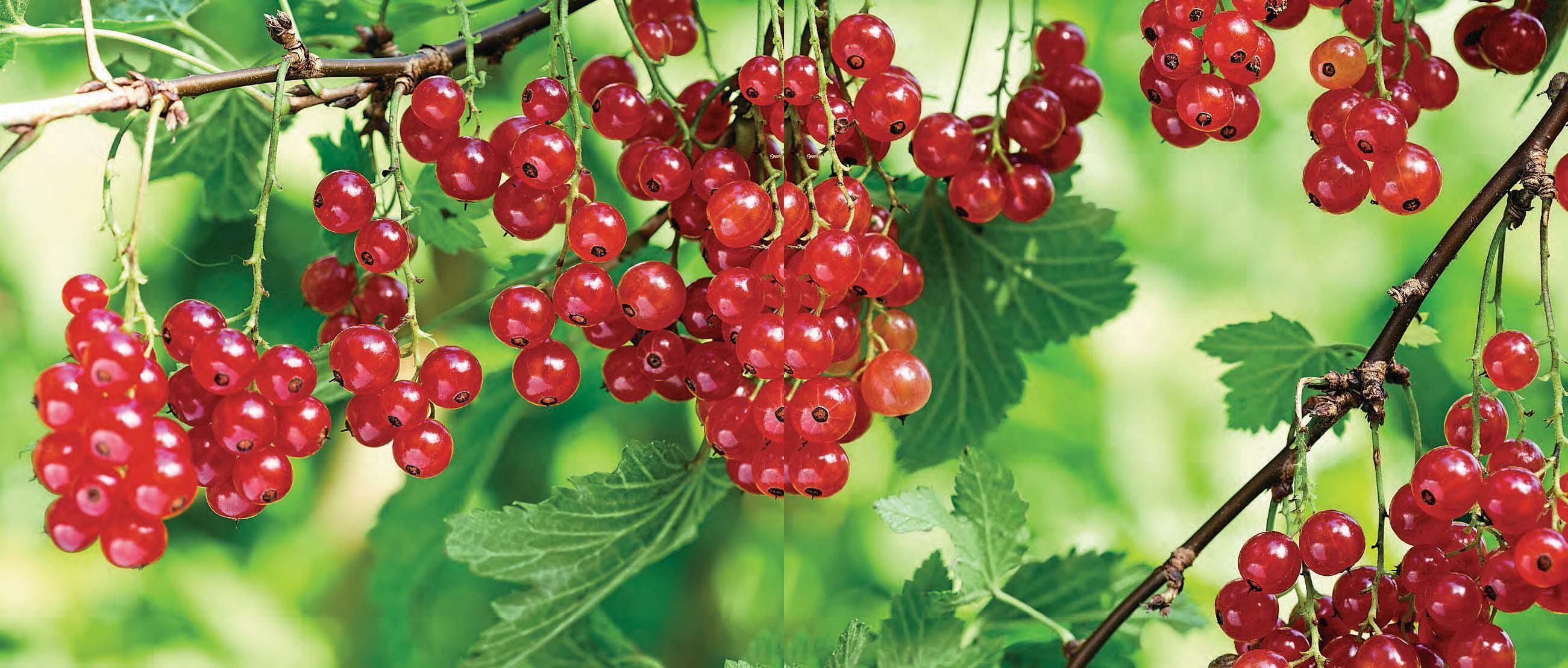
Spring is peak season in the garden. Soil to prepare, seeds to be sown, young plants to be tended on kitchen windowsills and in greenhouses up and down the land. Weather forecasts need to be scrutinised daily for any hint of a late frost. Oh, and the lawn will start to need mowing too.
Sometimes, even for the most dedicated of us, there just aren't enough hours in the day for all the jobs that have to be done. An opportune time then to look at fruit that's a godsend to the time-crunched gardener currants. Long-lived, easy to grow and tolerant of neglect, they should form the backbone of any soft fruit garden, with delicious bumper crops requiring minimal time and effort.
First, a little botany. Although they generally come under the same term of 'currant', there are two distinct species. The blackcurrant is Ribes nigrum, while the red, white and pink currant are all differently coloured fruit of Ribes rubrum. This might seem an unimportant distinction, but the two species are completely different and this has a large impact on how we grow and prune them.
RELATIVE NEWCOMERS
There are plenty of similarities. Both are native to Northern Europe, so are very cold hardy and easy to grow throughout the UK. They prefer a soil that doesn't dry out completely in the summer and will tolerate a little shade.
All are relative newcomers in terms of history - the first picture of a redcurrant is not until 1484, while blackcurrants are first mentioned in the late 1500s. Contrast this to fruit like the apple 'Court Pendu Plat' or pear 'Jargonelle' which are thought to have been around in Roman times; these are the new kids on the block. They were undoubtedly growing wild long before, but as agriculture came to Europe relatively late it wasn't until the 16th century that they were cultivated for their fruit on a wider scale.
This story is from the {{IssueName}} edition of {{MagazineName}}.
Start your 7-day Magzter GOLD free trial to access thousands of curated premium stories, and 9,500+ magazines and newspapers.
Already a subscriber ? Sign In
This story is from the {{IssueName}} edition of {{MagazineName}}.
Start your 7-day Magzter GOLD free trial to access thousands of curated premium stories, and 9,500+ magazines and newspapers.
Already a subscriber? Sign In
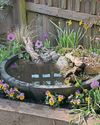
BUILD YOUR OWN CONTAINER POND
Becky Searle built a pond but soon came to see its failings. So she enlisted some help from the professionals - and went on to build a new pond on her allotment
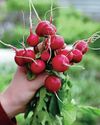
ENJOY YOUR FREE SEEDS
Your free seeds this month include some very easy to grow and tasty favourites that are just perfect for filling gaps among slower-growing veggies
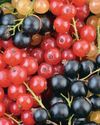
What's currant?
This month fruit expert David Patch takes a look at why blackcurrants and redcurrants are a great growing choice
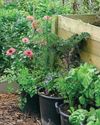
POLYCULTURE IN POTS
In an extract from his new book Huw Richards explains how you can recreate polyculture on a small scale in containers
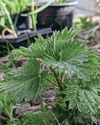
What can weeds tell you about your soil?
Before you pull up your weeds think about what they might be trying to tell you, says Dr Anton Rosenfeld of Garden Organic
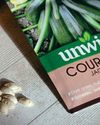
OPEN-POLLINATED VS HYBRID SEEDS: WHICH IS RIGHT FOR YOUR GARDEN?
Natasha Lane, head of seed at Unwins, explains the difference between open-pollinated and hybrid seeds, giving you all the information you need to make an informed decision when buying them for y your garden
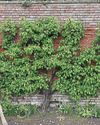
GARDEN RESCUE - A DIARY
The days from April to June have been busy ones for Chris and Karen Cronin, who share the diary of the progress in their loving restoration of Croome Court Walled Gardens in Worcestershire
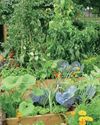
SMALL SPACE SAVIOURS
Not everyone is blessed with a big garden or allotment but if you thought a lack of space might limit your options, think again! Benedict Vanheems shares some ingenious ideas to make the most of what you have
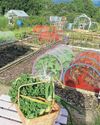
OUR TOP PLOTTERS
Last summer we launched a competition to find our Top Plotters, with the top three winning some great prizes and all being featured in Kitchen Garden magazine this year. Here we feature another of our runners-up
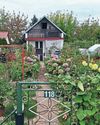
TREASURED ALLOTMENTS
Olga Grieves shares her experience of allotments in Poland, where life on the plot is about so much more than growing fruit and veg
